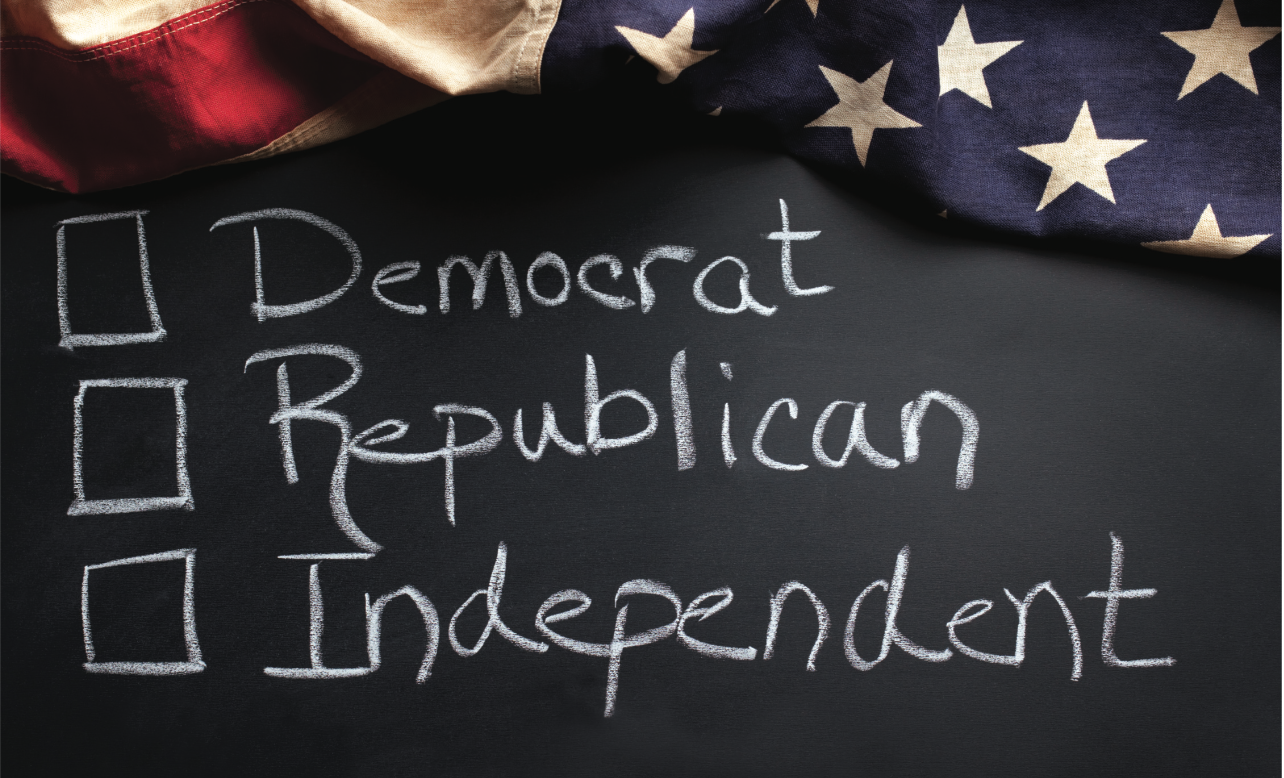


On average, open public spaces account for a meagre 3.2% of urban land, about 4 times less than the share of land in streets. Target 11.7: Data for 2020 from 1,072 cities in 120 countries indicate that more than three-quarters of these cities have less than 20% of their area dedicated to open public spaces and streets, about half of the proportion recommended. Uncollected waste is the source of plastic pollution, GHG emissions, and sources of incubation for infections. The MSW collection rates in sub-Saharan Africa and Oceania are less than 60%. Target 11.6: In 2022, the global average municipal solid waste (MSW) collection rate in cities was at 82%, and the average MSW managed in controlled facilities in cities was 55%. These rates declined to 1.5% and 0.6% respectively for the period 2010-2020. For the 2000-2010 period, the average annual land consumption rate was 2.0%, while the population growth rate averaged 1.4%. Target 11.3: According to data compiled from 815 cities for the period 1990 - 2020, the physical expansion of cities globally was faster than the rates of population growth. Target 11.2: According to 2022 data from 1507 cities in 126 countries, only 51.6% of the world’s urban population has convenient access to public transport, with considerable variations across regions. The growing number of slum population is a manifestation of the housing crisis, a situation in many instances that has now been exacerbated by the impacts of the COVID-19 pandemic. Target 11.1: As of 2022, nearly 1.1 billion people lived in slums or slum-like conditions in urban areas, with an additional 2 billion expected to live in slums or slum-like conditions over the next 30 years.

To achieve SDG 11, efforts must focus on strengthening capacities for planning for urban development, improving access to public transportation and enhancing waste management. Since 2015, the number of countries with national disaster risk reduction strategies has more than doubled. In many developing countries, slum populations have been growing, putting at risk the target of adequate housing for all by 2030. These factors mean that the world is far from achieving the goal of sustainable cities. Furthermore, climate change and conflicts tend to have disproportionate impacts on cities. The pandemic has caused major shifts in migration patterns, including huge movements of people in and out of urban areas.


 0 kommentar(er)
0 kommentar(er)
